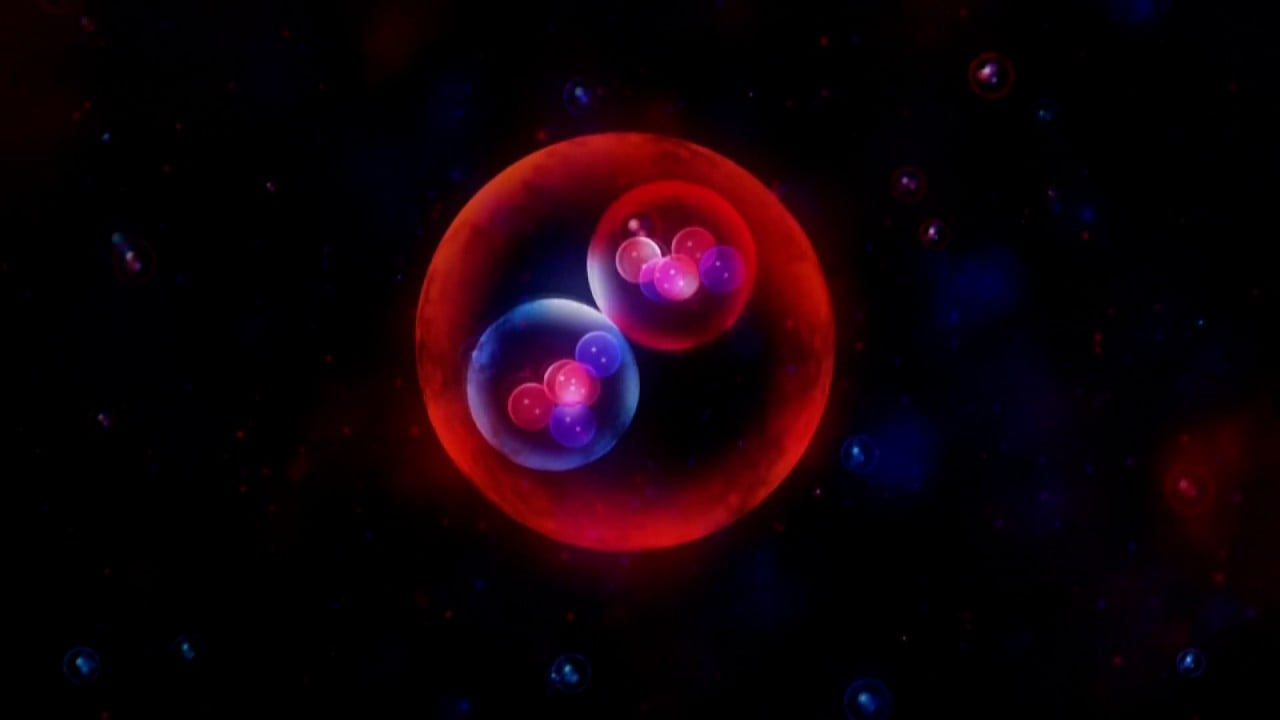China has announced a milestone in the development of its next-generation “artificial sun”, marking another step towards harnessing controlled nuclear fusion.
For the first time, the Huanliu-3 (HL-3) tokamak reactor in Chengdu has achieved a plasma state with ion temperatures of 117 million degrees Celsius and electron temperatures of 160 million degrees, edging closer to the extreme conditions required to ignite fusion – the same process that powers the Sun – according to researchers.
A tokamak is a doughnut-shaped device that uses powerful magnetic fields to confine superheated plasma, where hydrogen atoms – typically deuterium and tritium – fuse into helium and release vast amounts of energy.

01:20
China sets new world record in development of ‘artificial sun’
China sets new world record in development of ‘artificial sun’
“Our experiment has achieved the ‘dual 100 million degrees’ milestone, along with a major leap in overall fusion performance. This means China’s fusion research is entering the burning plasma phase,” said Zhong Wulu, chief designer of HL-3, in an interview with state broadcaster CCTV on Friday.
“For the first time, we’ve successfully deployed a full suite of heating, control and diagnostic systems developed entirely in China. These systems now rank among the best in the world, and they’ve helped set multiple records in China’s fusion research,” said Zhong, who is from the Southwestern Institute of Physics under the China National Nuclear Corporation.
HL-3 is part of the broader network of experimental machines that support the International Thermonuclear Experimental Reactor (ITER), the world’s largest fusion experiment under construction in France, according to the ITER website.
The facility is open to the global community under a cooperation agreement between ITER and the Southwestern Institute of Physics. The latest round of experiments this spring has attracted teams from the United States, France, Japan, South Korea, Portugal and Thailand, according to ITER.

 By South China Morning Post | Created at 2025-04-02 11:09:50 | Updated at 2025-04-03 11:11:52
1 day ago
By South China Morning Post | Created at 2025-04-02 11:09:50 | Updated at 2025-04-03 11:11:52
1 day ago







